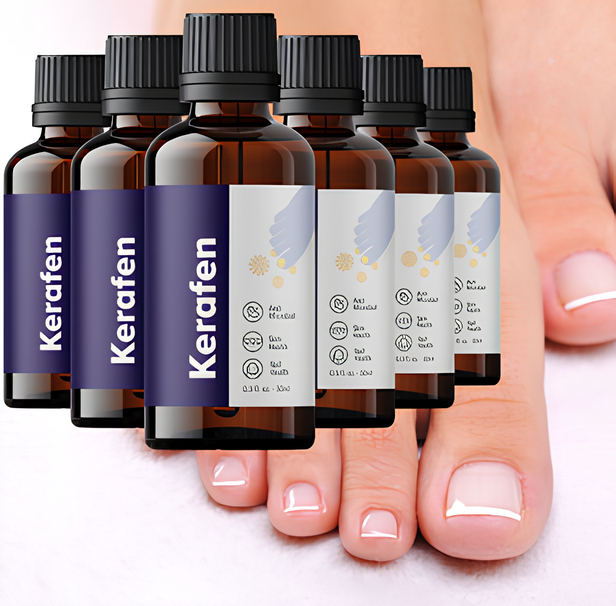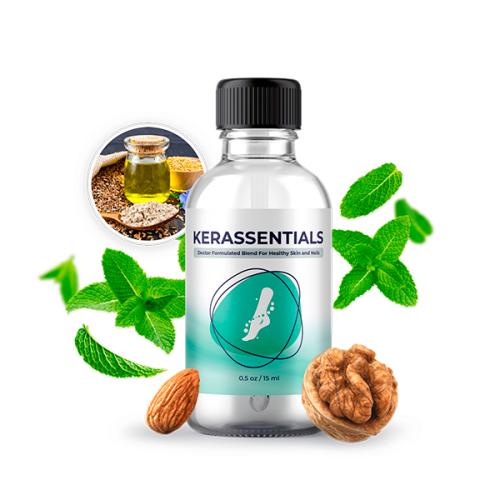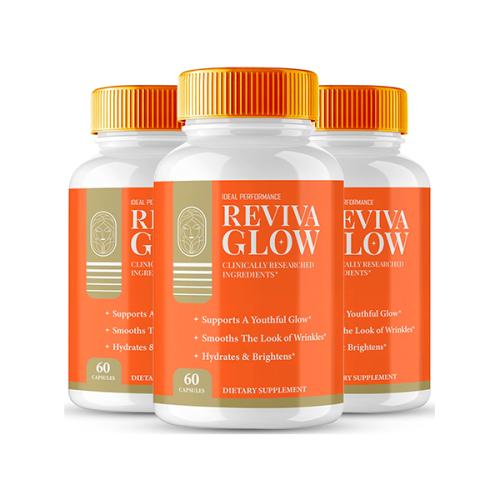Good Healthes: Unveiling the Truth About Nail Fungus (Onychomycosis)

INTRODUCTION
Nail fungus, scientifically known as onychomycosis, is more than just a cosmetic concern. It's a widespread and persistent condition affecting millions globally, and understanding its nature is the first step toward effective treatment. While many over-the-counter remedies promise quick fixes, a realistic approach grounded in scientific evidence is crucial for long-term success.
Understanding the Foe: What is Onychomycosis
Onychomycosis is a fungal infection of the nail plate, nail bed, or both. The most common culprits are a group of fungi called dermatophytes, which feed on keratin—the protein that gives nails their strength and structure. As the infection progresses, nails can become thickened, discolored, brittle, and even painful, leading to significant discomfort and reduced quality of life.
Scientific Insights and Treatment Options
Treating onychomycosis is notoriously challenging due to the nail's hard, non-porous structure, which makes it difficult for topical treatments to penetrate. Medical science has explored various avenues, with a general consensus that treatment effectiveness depends on the severity of the infection and the specific type of fungus involved.
- Oral Antifungal Medications: For moderate to severe cases, oral antifungal drugs like terbinafine and itraconazole are considered the most effective option. They work by reaching the nail from the inside, targeting the fungus at its source. A systematic review published in the American Family Physician found that terbinafine is likely more effective than itraconazole in achieving a complete cure [1]. However, these medications require a doctor's prescription and can have side effects, including potential liver issues, so monitoring is essential.
- Topical Treatments: Topical antifungals, such as medicated nail lacquers, are often used for milder infections or as an adjunct to oral therapy. Their main limitation is their poor penetration through the nail plate. Research published in the Journal of Fungi highlights that while topical treatments are preferred by many due to fewer systemic side effects, they often have limited cure rates and high failure rates, with cure rates for certain topicals ranging from 14% to 55% [2].
- Laser and Light Therapies: Newer technologies like laser and photodynamic therapies show promise by using light energy to target and destroy the fungus. A study in the Journal of Clinical Medicine suggests that phototherapy, or photothermolysis, can be a highly effective treatment option, with some groups showing an 86.7% visual improvement after 24 weeks [3]. While promising, these treatments can be expensive and may not be covered by insurance.
A Holistic Approach: The Role of Topical Solutions
Despite the challenges, topical solutions can play a vital role in an effective treatment strategy, especially when formulated to enhance penetration and complement other methods. This is where products like Kerafen come into focus. Formulated with key ingredients that aim to penetrate the nail plate and create an environment inhospitable to fungal growth, a product like Kerafen is designed to support healthy nail regrowth. It’s an ideal option for individuals with mild infections or as a maintenance treatment to prevent recurrence after a more intensive therapy.
Good Healthes Recommendation
Remember, the key to successful treatment is a realistic, evidence-based approach. A combination of strategies—from professional diagnosis to diligent at-home care—is often necessary. While oral medications and laser treatments may be the most effective for advanced cases, a high-quality topical solution like Kerafen offers a practical and accessible way to manage the condition and promote long-term nail health. Always consult a healthcare professional for a proper diagnosis and to determine the best treatment plan for your specific case.
Scientific References:
[1] American Academy of Family Physicians (AAFP). "Onychomycosis: Rapid Evidence Review." American Family Physician, 2021. Link to Article
[2] Gupta, AK. "Onychomycosis: Old and New." Journal of Fungi, 2023. Link to Article
[3] Jung, H. et al. "The Efficacy of Phototherapy for the Treatment of Onychomycosis: An Observational Study." Journal of Clinical Medicine, 2021. Link to Article
Dear readers, thank you for joining us on this journey to better health. We know dealing with nail fungus can be frustrating, but please know you're not alone. We're here to provide reliable, science-backed information to empower you. Take care of yourself, and remember that small steps lead to big changes. With love, the Good Healthes team.



